|
When we looked at the embroidered chasuble from Fritzlar with the Virgo inter Virgines iconography last week, I was sure that I would be able to find many Doppelgänger. I had seen this iconography many times before and I was quite sure that these pieces were all very similar. Nope. They are not. As soon as you start to look at these pieces in more detail you will find that they are all different. Either in the placement of the individual figures and/or in the embroidery techniques used. Now what does this mean? On the one hand, these pieces are readily recognisable as a group and on the other hand, they are all different. This, I think, must mean that there was a late medieval model book that was in use by embroiderers in Central Europe. As no medieval model books used by embroiderers seem to have survived, reconstructing one using actual medieval goldwork embroidery is pretty exciting. Here you see two typical embroidered chasuble crosses showing the Virgo inter Virgines from the late 15th century. The left chasuble was made in Austria in the second half of the 15th century and is kept at the Hungarian Museum of Applied Arts. The piece on the right is part of the private collection of the Bernheimer family. It was made in Southern Germany shortly before AD 1500. In both embroideries, Mary is depicted as the Madonna with child standing on the crescent moon with rays of light behind her. This 'Mondsichelmadonna' was very popular in the 15th century and refers to the Woman of the Apocalypse. On both embroidered chasubles the figures accompanying the Madonna in the large top orphrey are Catherine of Alexandria (with sword) on the left and Saint Barbara (with chalice) on the right. Everything else differs. No angel is crowning Mary on the Bernheimer chasuble. The figures in the two smaller orphreys below the Madonna differ for both embroideries too. On the left, we see Saint Apollonia (?) followed by Saint Ursula. On the right, we see Mary Magdalene followed by Catherine of Siena (?). When we look at the embroidery techniques used, there are differences but also many similarities. For starters, the colours used are very similar. There's mainly blue for Mary and a combination of green and orange for the other virgins. Both embroideries use the same diaper pattern for the golden background: open basket weave. Couched down with a yellow thread for the piece from Austria and couched down with a red thread for the piece from Southern Germany. The treatment of the halos is also identical. There's a layer of silken flat stitches as the base with a couched gold thread on top. The halo is edged with one of these composite threads: a thick textile yarn with a gold thread wound around it. This is sometimes called gold gimp in the German literature. These similarities in both iconography and embroidery techniques show that these pieces are made in the same geographical area. After all, Southern Germany shares a border with Austria. The differences show that the pieces were not made in the same town or guild. Likely, the customer could choose which additional figures to add to the central scene of the Madonna. These additional figures likely had some special meaning for the customer. As the iconography of the Virgo inter Virgines is strongly associated with convents, name days and patron saints of the nuns probably played a role here. And here you see the other main type of the Virgo inter Virgines iconography. The central top orphrey with the Madonna is very similar to that of the two previous examples (Catherine, Ursula, Barbara and Madonna). However, the two smaller orphreys below now show two saints each. We see Dorothea of Caesarea (basket) with Margaret the Virgin (dragon) and Saint Apollonia (thongs with tooth) with Mary Magdalene (ointment box). These two chasuble crosses are identical in their iconography. The treatment of Saint Ursula on a cloud above the Madonna is only seen on these two embroideries as far as I am aware. But there is more. There are other identical embroidery techniques too. See the bands that separate the different orphreys? They are made by couching silk and gold threads over horizontal string padding. And they are identical on both embroidered chasuble crosses. To me, this suggests that both embroideries were made in the same town. Will we ever find out which one? And when we look at the Saint Catherine's of all four embroidered chasuble crosses, they look pretty similar. How did this happen? In the 15th century, ecclesiastical embroidery had already evolved into mass production. Certain scenes were very popular and every self-respecting church wanted them. The 15th century also saw the invention of block book printing (major centres in the South of Germany) and the printing press (invented in Mainz, Central Germany). Likely, cheap block books with simple line drawings of the different Virgins existed in this geographical area too. These would have been used in the embroidery workshops as design inspiration. Designs would have been drawn free-hand or by using a grid to enlarge them more easily. Especially the faces differ between the various versions of a particular figure. This seems to be quite understandable as this is the hardest thing to get right in both drawing and subsequent embroidering.
By consequently digitizing these embroidered figures into line drawings and combining these with the used embroidery techniques, I have a feeling that it should be possible to group them. This hopefully leads to more precise provenances for these embroidered chasuble crosses. It should also help with the identification of incomplete figures on cut orphreys. I am planning to spend my summer holiday learning how to digitize with the help of Inkccape. In the meantime, I am collecting the Virgo inter Virgines embroideries on a Padlet for my Journeyman and Master Patrons to enjoy. Next week, we will work a practical sample based on the above embroideries!
1 Comment
|
Want to keep up with my embroidery adventures? Sign up for my weekly Newsletter to get notified of new blogs, courses and workshops!
Liked my blog? Please consider making a donation or becoming a Patron so that I can keep up the good work and my blog ad-free!
Categories
All
Archives
July 2024
|
Contact: info(at)jessicagrimm.com
Copyright Dr Jessica M. Grimm - Mandlweg 3, 82488 Ettal, Deutschland - +49(0)8822 2782219 (Monday, Tuesday, Friday & Saturday 9.00-17.00 CET)
Impressum - Legal Notice - Datenschutzerklärung - Privacy Policy - Webshop ABG - Widerrufsrecht - Disclaimer
Copyright Dr Jessica M. Grimm - Mandlweg 3, 82488 Ettal, Deutschland - +49(0)8822 2782219 (Monday, Tuesday, Friday & Saturday 9.00-17.00 CET)
Impressum - Legal Notice - Datenschutzerklärung - Privacy Policy - Webshop ABG - Widerrufsrecht - Disclaimer

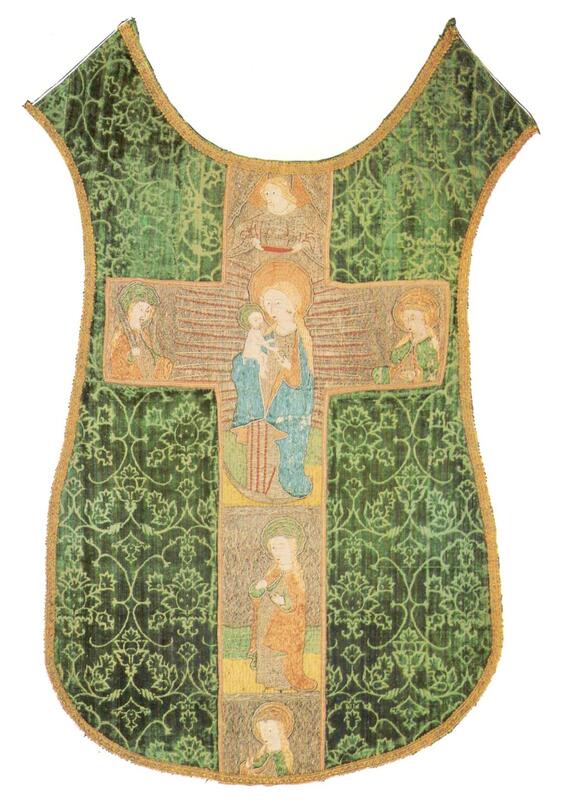
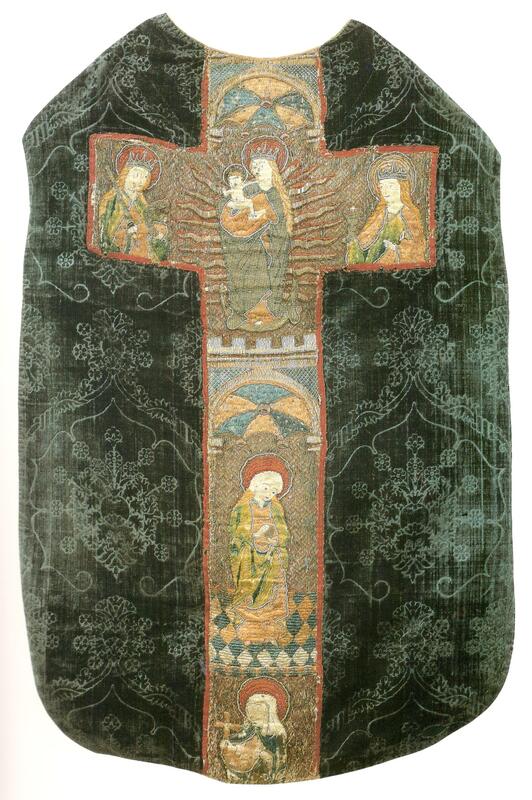
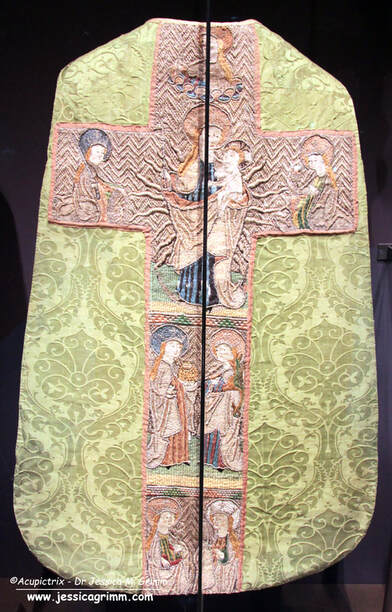
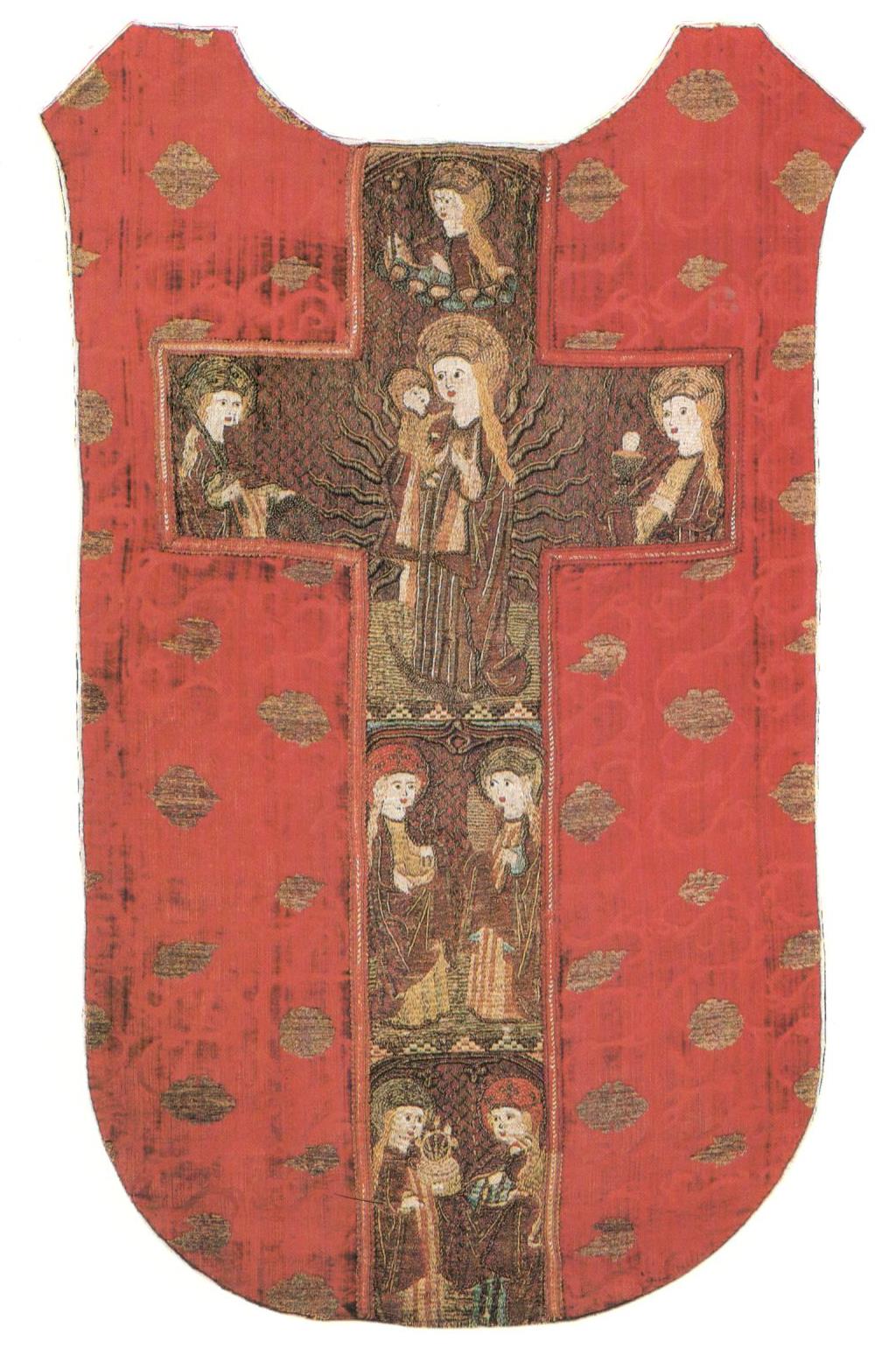
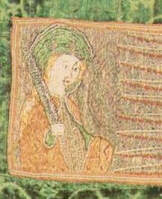
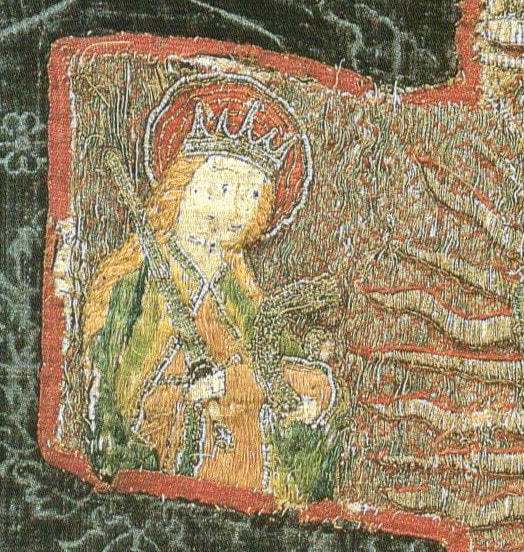
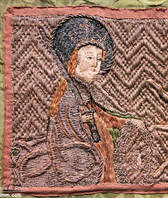
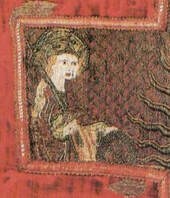





 RSS Feed
RSS Feed